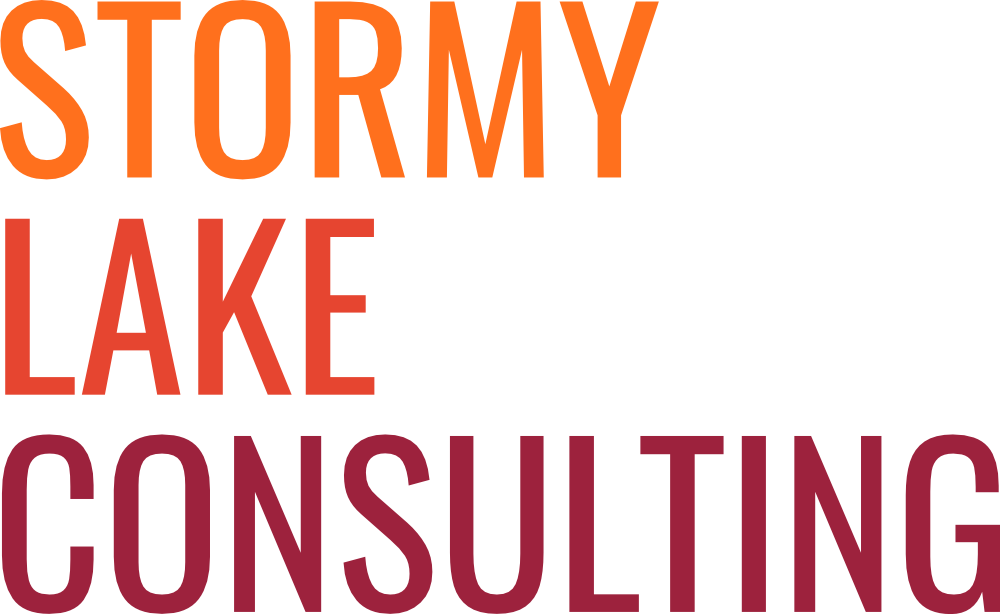The Memetic Weekly COVID Update
Good news! We hit peak Zoom a couple of weeks ago – at least in terms of talking about it:
This spring, Zoom has facilitated live births, gruesome murders, good and horrific karaoke parties and naked Moms walking past their daughter’s school class call (2 million views and counting). We’ve got Simpsons-animator drawn Zoom backgrounds along with Baby Yoda, the Tiger King and Grumpy cat. You don’t just need to camouflage your bedroom, reflect your mood or pretend to be on vacation, but you can plug into the meme of the day.
(Ed note: Anyone under the age of 25, or anyone who TikToks, can skip the next two paragraphs.)
A meme is an idea with a life of its own. An internet meme spreads through social media, but other memes don’t. A meme isn’t a joke, although they usually try to be funny. Memes aren’t just images and text but can also be things like the ice-bucket challenges of 2014 that raised more than $300 million for ALS in just two months. Currently, memes are offensive to anyone named Karen.
One of the more mainstream memes was Grumpy Cat (aka Tardar Sauce) who sadly passed away just over a year ago before she could comment on 2020. I can only imagine what she would have had to say.
A number of different 2020 memes have resonated over the past three months:
Memes tend to rise and fall, explode and contract over intensely short periods of time, only to be replaced by the next meme. Even cute ones:
Others mutate into new forms or establish templates to help people express new ideas.
Some endure for long periods of time, like this too damn high meme from 2010.
This is not unlike the hype cycle of innovation. Gartner first proposed that most innovations, services and disciplines will progress through a pattern of overenthusiasm and disillusionment, followed by eventual productivity.
What we find interesting is how similar this hype cycle is to the evolution of social movements described by Movement NetLab:
We’re all are aware of the unconscionable trigger for the Black Lives Matter/ Systemic Racism movement. Our latent anger and frustration with COVID may be an accelerant. But if history is to be our guide, we’re not going to reach a re-growth without first passing through another period of disillusionment.
Social movements can act like memes too. A message is sent (BLM) and the individual needs to receive the message and decide if it is relevant to them. They then need to broadcast to their network their interpretation of the message through words or actions. Memes that survive put you “in the know”. They are also easy to understand, copy and communicate to others. It is tempting to dismiss people who only say the words and never take any action, but they are still important to the ecosystem that sustains social movements.
If we are lucky, the decline of an important topic from the conversation is not because it becomes less important, but because it’s integrated into the basic fabric of society. Both COVID and Zoom are examples. They no longer show up as frequently in online conversation because they are so deeply ingrained into our lives. We want “Black Lives Matter” to fade from the conversation because it doesn’t need to be said. Because everyone would say of course. So obvious that we no longer need to talk about it.
Rather than trivial distractions, memes could be an important and timely part of how our society addresses systemic injustice, creating openings for the uncomfortable conversations we need to have with ourselves.







